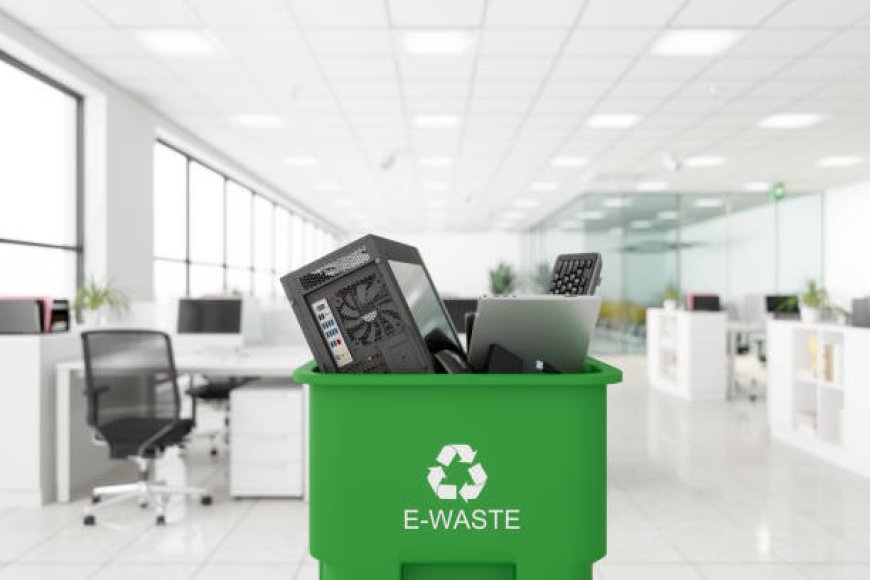Recycle Broken Phone: A Guide to Sustainable E-Waste Management

In the digital age, smartphones have become indispensable. However, as technology advances, many of us find ourselves with broken phones that are no longer functional. Instead of discarding these devices, which contributes to e-waste, recycling broken phones offers an environmentally friendly alternative. This guide explores the importance of recycling broken phones, the process involved, and the benefits it brings to both the environment and society.
Why Recycle Broken Phones?
Recycling broken phones is crucial for several reasons:
Reducing E-Waste
Electronic waste, or e-waste, is one of the fastest-growing waste streams globally. Old and broken phones contribute significantly to this problem. When these devices end up in landfills, they can release harmful chemicals into the soil and water. Recycling helps mitigate these risks by ensuring that these devices are disposed of properly.
Recovering Valuable Materials
Phones contain valuable materials such as gold, silver, and rare earth metals. Recycling broken phones allows for the recovery of these materials, which can be reused in the production of new electronics. This process reduces the need for mining and helps conserve natural resources.
Minimizing Environmental Impact
The production of new phones requires significant energy and resources. By recycling broken phones, we reduce the demand for new materials and energy, thereby lowering the overall environmental impact of electronic manufacturing.
How to Recycle Broken Phones
Recycle broken phone involves several steps:
1. Assess the Condition
Before recycling, determine whether your broken phone can be repaired. If it's repairable, it may be worth fixing and donating. If it's beyond repair, proceed with recycling.
2. Back Up and Erase Data
Ensure that all personal data is backed up and erased from the device. This step is crucial to protect your privacy before handing over the phone for recycling.
3. Find a Recycling Program
Locate a reputable recycling program or facility that accepts broken phones. Many electronics retailers, local government programs, and non-profit organizations offer recycling services. Some programs even offer incentives, such as discounts on new purchases, for recycling your old devices.
4. Prepare the Phone for Recycling
Remove any accessories, such as cases or memory cards, and package the phone securely. Follow any specific instructions provided by the recycling program to ensure proper handling.
5. Drop Off or Mail In
Depending on the recycling program, you may need to drop off your phone at a designated location or mail it in. Make sure to follow the guidelines provided to ensure the phone is recycled properly.
Benefits of Recycling Broken Phones
Recycling broken phones offers numerous benefits:
Environmental Protection
By recycling, you help prevent toxic materials from contaminating the environment and reduce the carbon footprint associated with the production of new phones.
Resource Conservation
Recycling recovers valuable materials from broken phones, which can be reused in new products. This helps conserve natural resources and reduces the need for new raw materials.
Economic Advantages
Recycling creates jobs and supports the development of new recycling technologies. Additionally, the recovery of valuable materials can reduce the cost of raw materials for manufacturers.
Conclusion
Recycling broken phones is an essential practice for sustainable e-waste management. It not only helps protect the environment but also conserves valuable resources and supports economic growth. By taking the steps to recycle your broken phone, you contribute to a healthier planet and a more sustainable future. Make the responsible choice today and join the effort to reduce e-waste by recycling your old devices.

 nickbratskeir
nickbratskeir